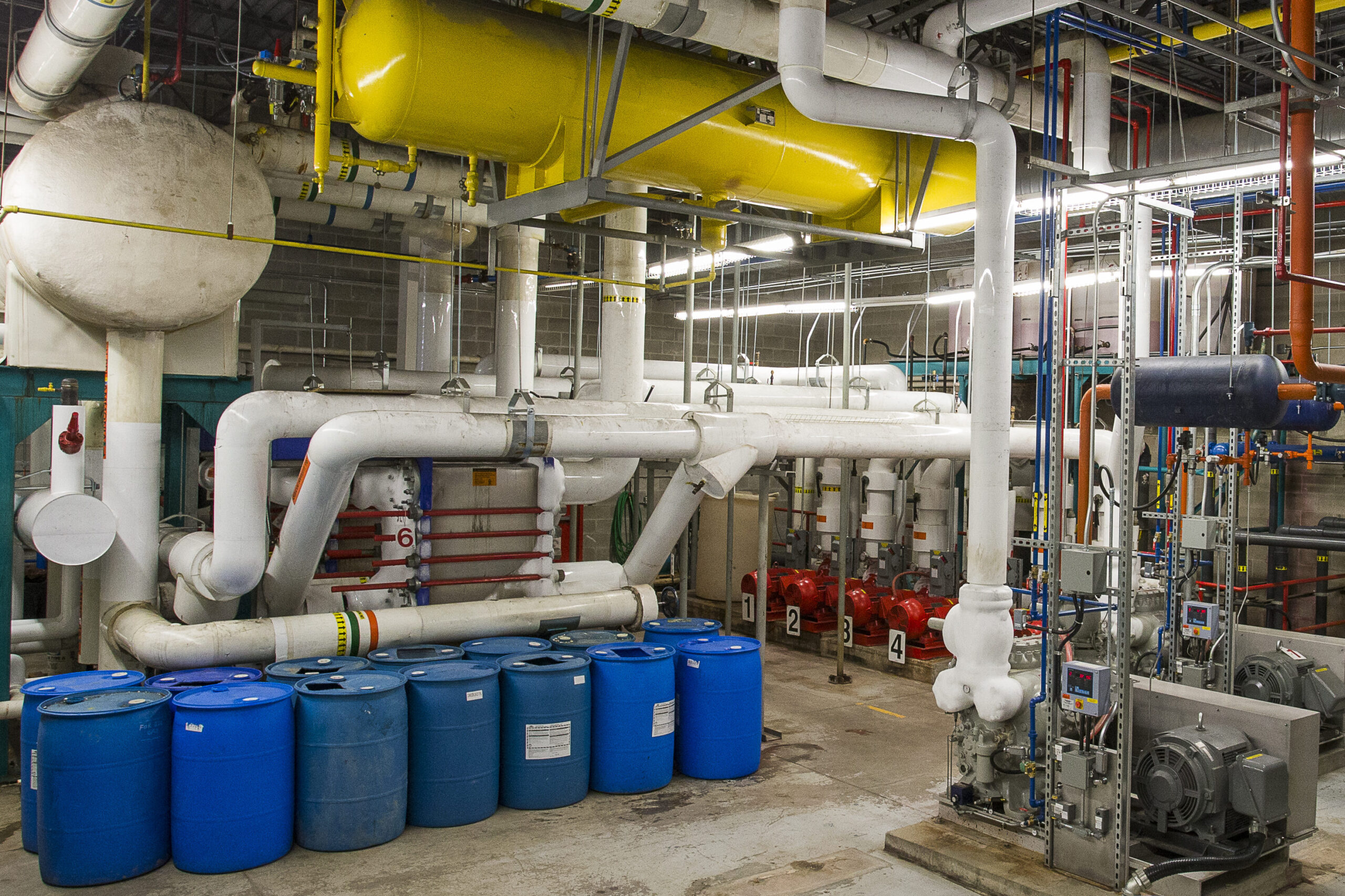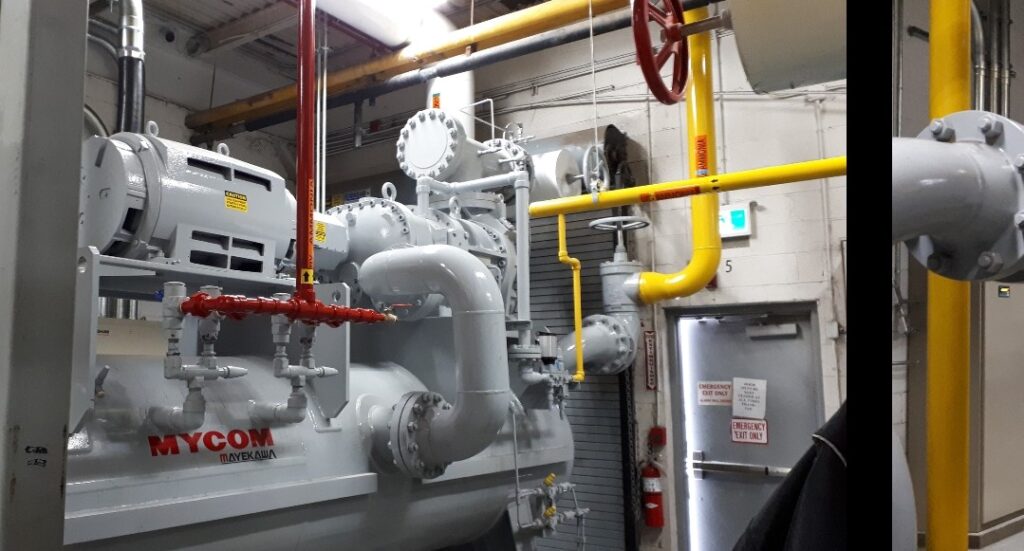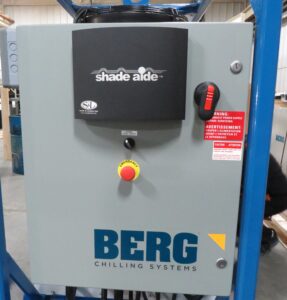Ammonia refrigeration is widely used in industrial and commercial cooling systems such as cold storage warehouses, ice rinks, and food processing plants because of its efficiency and cost-effectiveness. It is an effective refrigerant because of its ability to absorb heat quickly, making it ideal for use in large-scale cooling systems. However, along with its benefits, it also poses potential risks due to ammonia's toxicity and flammability. Therefore, ensuring safety in ammonia refrigeration is crucial to protect workers, the environment, and equipment. There’re various safety considerations for ammonia refrigeration systems, including designs, handling and storage, maintenance and repair, emergency response, and regulations and standards. By understanding and implementing these safety measures, you can operate ammonia refrigeration systems with confidence while minimizing the risk of accidents and incidents.

Well-designed ammonia refrigeration equipment incorporates safety features like pressure relief valves, excess flow valves, and physical barriers to contain any leaks. Pipes and valves are carefully selected to withstand the high pressures of the ammonia system. Sensors can detect leaks and automatically shut off parts of the system to minimize the amount of ammonia released. These types of safety mechanisms help prevent catastrophic failures and limit the impacts of any leaks that do occur.

By implementing these safety measures, the risk of accidents and injuries in ammonia refrigeration systems can be significantly reduced. It is important to prioritize safety in all aspects of ammonia refrigeration to ensure the well-being of personnel and the public.
In addition to the safety measures listed above, it is also important to have a clear communication plan in place. All personnel involved with ammonia refrigeration systems should be aware of the potential hazards and be able to effectively communicate with each other. This can include regular safety meetings and drills to ensure that everyone is on the same page during an emergency.
It is important to regularly review and update the safety standards and procedures to ensure that they are up-to-date and effective. This can involve reviewing incident reports and conducting safety audits to identify areas for improvement. Regular safety audits can help identify potential hazards and prevent accidents from happening.
Promoting a safety culture in the workplace is crucial to ensure a safe and hazard-free work environment for all personnel involved in ammonia refrigeration systems. Encouraging safe behavior and open communication about safety concerns can be effective measures to establish such a culture. Providing incentives for safe practices can also motivate employees to prioritize safety. By prioritizing safety in ammonia refrigeration systems, businesses can minimize the risk of accidents and incidents, and protect their workers and the environment.

Ammonia recovery is a crucial component of ensuring safety in ammonia refrigeration systems. This process involves capturing and recycling any ammonia that would otherwise be released into the atmosphere. By doing so, it reduces the risk of ammonia leaks and the associated safety hazards, such as toxicity and flammability. In addition to the safety benefits, ammonia recovery also has environmental benefits. The captured ammonia can be reused as a refrigerant, reducing the need for new ammonia production and minimizing greenhouse gas emissions.
Ammonia Recovery Unit (ARU) from Berg is a purpose-built system designed to enable efficient and safe retrieval of ammonia. With its advanced technology and unique features, the ARU minimizes the risk of leaks or accidents during the process. This means that staff can work with greater confidence and safety, reducing the risk of injury or damage to the environment. The Berg ARU is a reliable and effective solution for company in different industries that handle ammonia, ensuring a safer and more sustainable working environment.
To learn more about how to safely remove ammonia from your refrigeration system, visit https://berg-group.com/products/ammonia-recovery-unit-aru/ammonia-recovery-unit/.
While ammonia does present safety risks and can lead to loss of life and property damage, its hazards can be effectively mitigated through a combination of well-designed equipment, comprehensive personnel training, safety measures, detailed emergency response procedures, and communication plans. When all of these safety practices are implemented properly, ammonia can be used as an efficient and economical refrigerant in industrial refrigeration systems. By following the aforementioned recommendations, a safe workplace can be created and maintained for all employees involved in ammonia refrigeration systems.